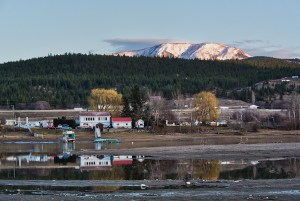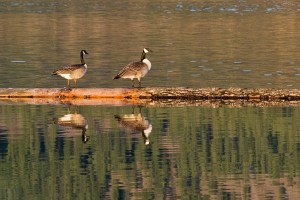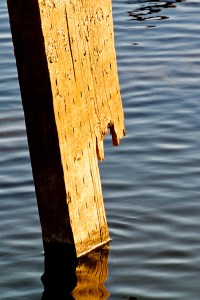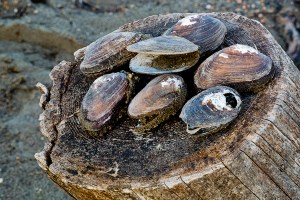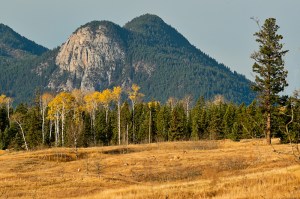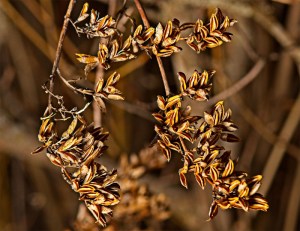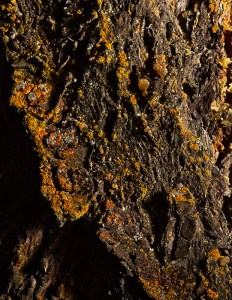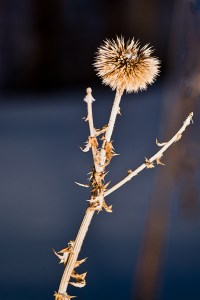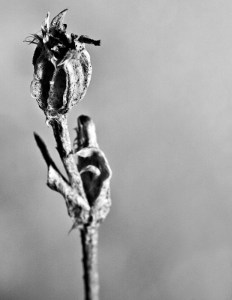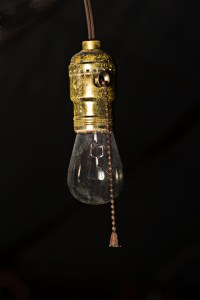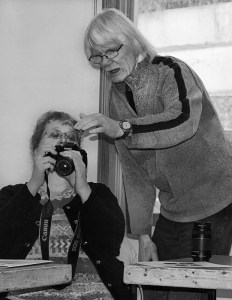Days like today remind me why forty plus years ago I chose to build my home in the hills of Pritchard.
The end of March sun has melted most of the snow and there was a slow warming that drew me to again, on a cool evening to one of my favourite places to wander; the barren Thompson River shore just minutes from my woodsy.
I set my camera bag on the car seat drove down into the river valley, crossed the wide river bridge, parked my car, and walked out on the river beach. I had to be careful where I stepped or I would be ankle deep in mud.
I like the river in the winter and early spring. The water is still low and its always fun to photograph rocks, broken clam shells, sunken posts, and all sorts of treasures that very soon will be covered with several feet of water.
I usually have a winter walk, but I guess I was lazy; this would be my first 2018 sojourn along the wet sand.
There is always a lot to photograph if one likes to get into the hunt. I look for stumps that were dragged along in the fast high fall water that now have become sculptural features. I like the sparkling late afternoon sun as it colours a long forgotten post sunk deep in the sand. And there’s so many of fresh water clamshells, now without life, that are always worth getting a wet knee while in search of a creative angle.
Soon the beach under the bridge will be under water and people with their excited dogs will be running everywhere. There will be boats lined along the bank and lots of trucks and trailers parked. Yep, in no time the small park will be filled with enthusiastic people enjoying themselves.
However, for me, it’s the enjoyment of a quiet peaceful walk with my camera.
I had decided to use my tiny little mirrorless Nikon V this afternoon. The small one-inch sensor doesn’t have the enlargement quality that my huge 36mp full frame camera has, I have two lenses for it and it is capable of Manual mode and shoots in RAW format. And for the Internet and the occasional 8X10 print it’s perfect.
I call it my grandpa camera because I purchased it for those times when I go for high energy walks with my two granddaughters. At nine and eleven, “high energy” is the correct word and that pocket able little camera is convenient for the kind of animated photography I always seem to be doing when they are around.
The river beach on the late afternoon was beautiful. I know there are several serious photographers that also live in Pritchard, but I never see them wandering the beach. I sometimes think I should call them all and invite them down to my private winter beach. Well, private spring beach might be more correct at this point. I did send my friend Jo a text message hoping she had time to get her camera and join me. Heck, she only lives a couple streets away from the river.
I have often written about doing photography with another photographer, and I hope readers are fortunate enough to have like-minded camera owning friends.
I know this summer will be filled with excursions to distant visually interesting locations. We all yearn to for those away from home trips to recharge our fascination with this exciting medium. However, in my opinion, it would be such a waste not to photograph the wondrous world just outside our front door. I have met photographers that tell me they can’t find anything interesting around their home or town. They will say, “It’s all so familiar and boring.”
I doubt anyone will ever hear me say that.

